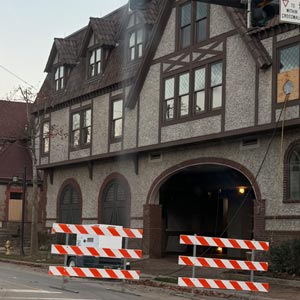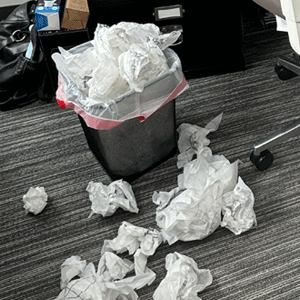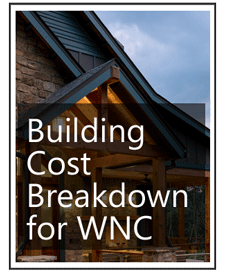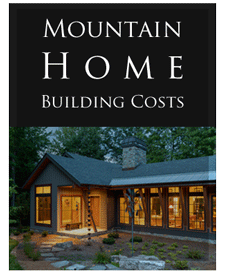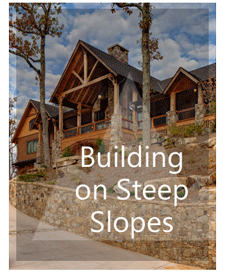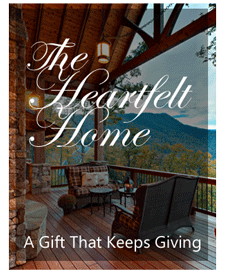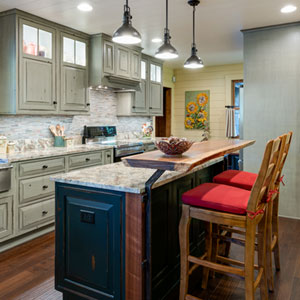
Editing and Organizing Your Home for Peace of Mind & Joy
Our homes are meant to be sanctuaries; places where we can feel safe, secure, calm, and happy. Let’s face it, the last couple of years many of us have been faced with extremely stressful situations. We’ve had to pivot quickly to reorder, reorganize, or retrofit our set-ups to meet a new set of needs. While change is inevitable (and necessary), having it thrust upon is not always ideal for making considered decisions. In a perfect world, we would take ample time to assess how we use our spaces before making changes. Additionally, the issues around our homes tend to reveal themselves over time, where we can make changes as needed as part of an evolution. But, when you are suddenly spending much more time in your home and you have new daily needs, those pesky problem areas can become giant red sirens screaming for help.
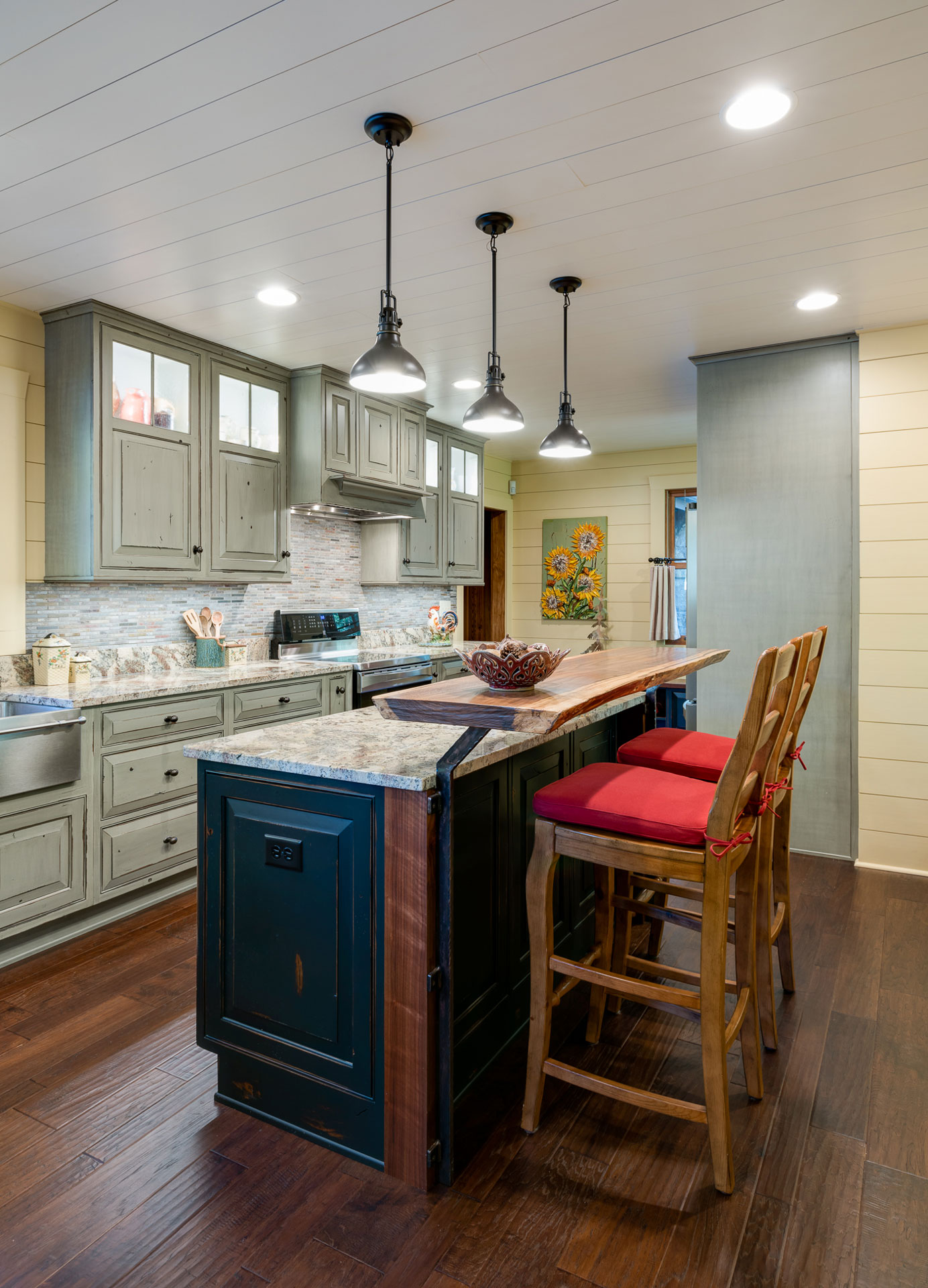
A clean and clutter-free kitchen makes every day run smoother in your house. Lake Lure Cottage Renovation
When first discussing a project with our clients we ask what irks them about their current home. From peccadillos to major problems, it is fascinating to see what is revealed during these conversations. Over the years, we have discovered that many of the issues that arise can be made better, if not resolved entirely, through editing and organization. Knowing where to start though can be the roadblock.
Clear the Clutter,
Clear Your Mind
Other times, it is simply a matter of subtraction. It is all too easy for things to pile up in our lives and throughout our homes both physically and digitally. Take your time going through each space and ask yourself, what doesn’t need to be here? Start with a small space—a desk, a powder bath, the pantry. Create trash/recycle, donate, and keep piles or bins. Get rid of anything you don’t truly need to keep like papers, magazines, digital desktop clutter — and then empty your trash bin. It will be so satisfying. Create a designated space in your home for items you are planning to donate. Then, when you put items in this space before taking them in, you’ll see that you really didn’t need them, you didn’t miss them, and you will gain confidence in your editing abilities.
Personally, I find it particularly difficult to part with magazines, especially my beloved issues of Southern Accents (gorgeous homes and sumptuous interiors) and Martha Stewart Living (such beautiful layouts). Every few months I find the time to sit down and go through them, pulling out the things that speak to me. The funny thing is, while those issues bring me joy when I finally go through them, in the intervening months when they are sitting there in untouched pile it stresses me out!
Once you tackle the surfaces in your home, and have built up your de-cluttering confidence, it is time to start opening doors. Clear out your cleaning closet first. Next, edit your wardrobe. If you have not worn something in two or more seasons, it is time to get rid of it. There is a reason that Marie Kondo’s KonMari Method is so wildly popular; we respond well to having more space. Clearing the clutter clears our minds. Plus, the more we pare down, the less we have to create storage for.
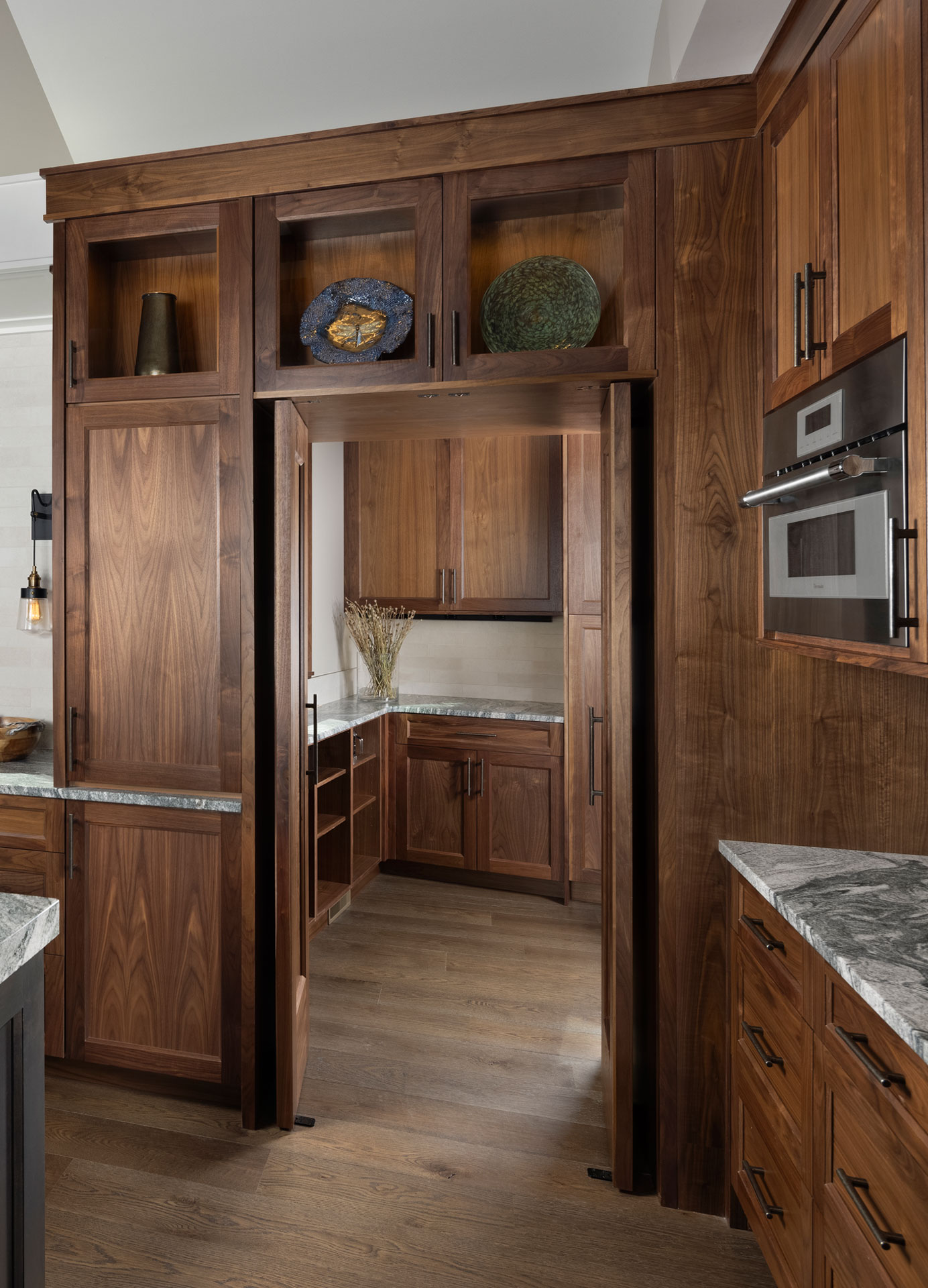
With Smart storage ideas you always know where the things you need are. Mountain Modern New Construction.
Now it’s time to tackle the bigger pieces like furniture, art, and decor. Assess why you are holding on to something. Just because something cost a lot of money when you purchased it is not a reason to keep it if it no longer functions for you and you don’t love it anymore. Give yourself permission to part with it. Is it something that could be passed to someone else in your family? Several generations of my family have given new life to cherished items by giving younger generations the opportunity to enjoy them in their own homes. These pieces often conjure fond memories and will now serve as the backdrop for new ones; it is a beautiful thing.
Home Organization and Storage
Now that you have edited, it is a great time to organize. Having already pared down, you should have additional storage space and an easier time locating important items. Once you have identified what those items are — documents, family records, photos — it is time to decide how to store them. If you would like to have easy access to them, a bookshelf or filing cabinet might be the perfect solution. If it’s not something that you need at your fingertips every day, but you still need or want to keep, organize and label it in such a way that you can find it easily.
Having less stuff makes it easier to see and experience the things that mean the most to you. Whether you just purchased your first home like my daughter, have a bustling house full of young children like my niece, are an empty nester like myself, or are an older adult like my mother or grandmother, this appreciation for the things that bring us joy rings true in every stage of your life.


